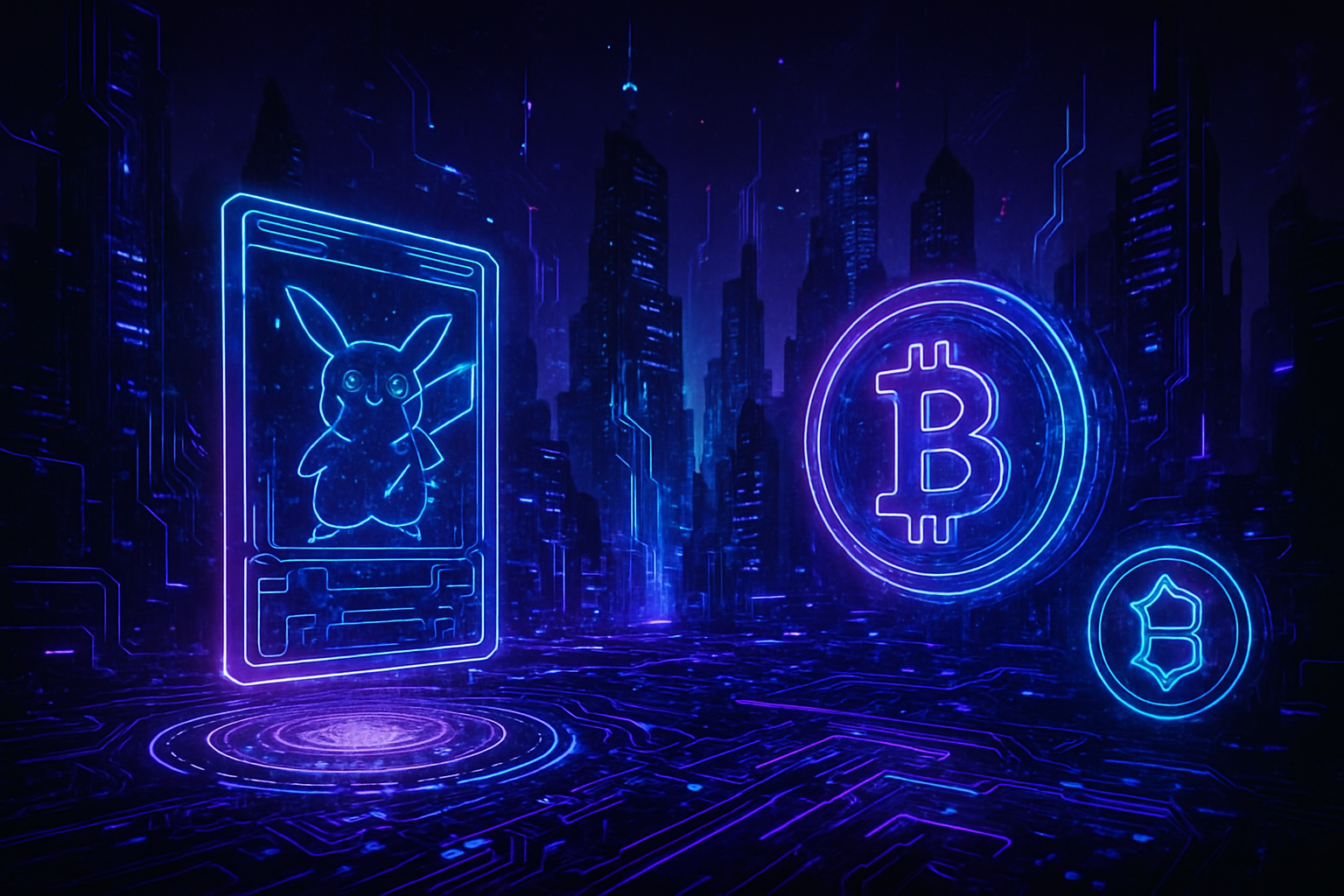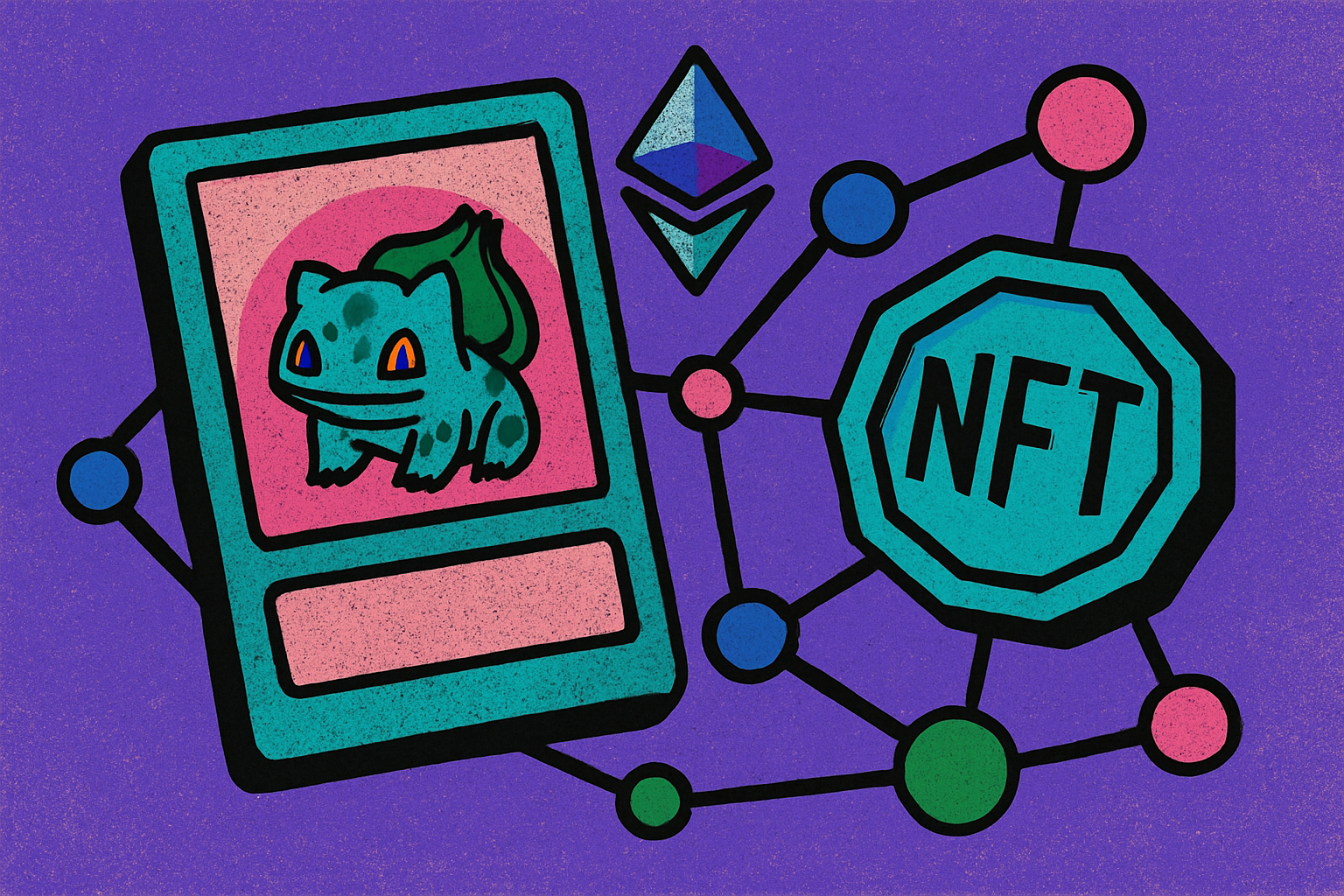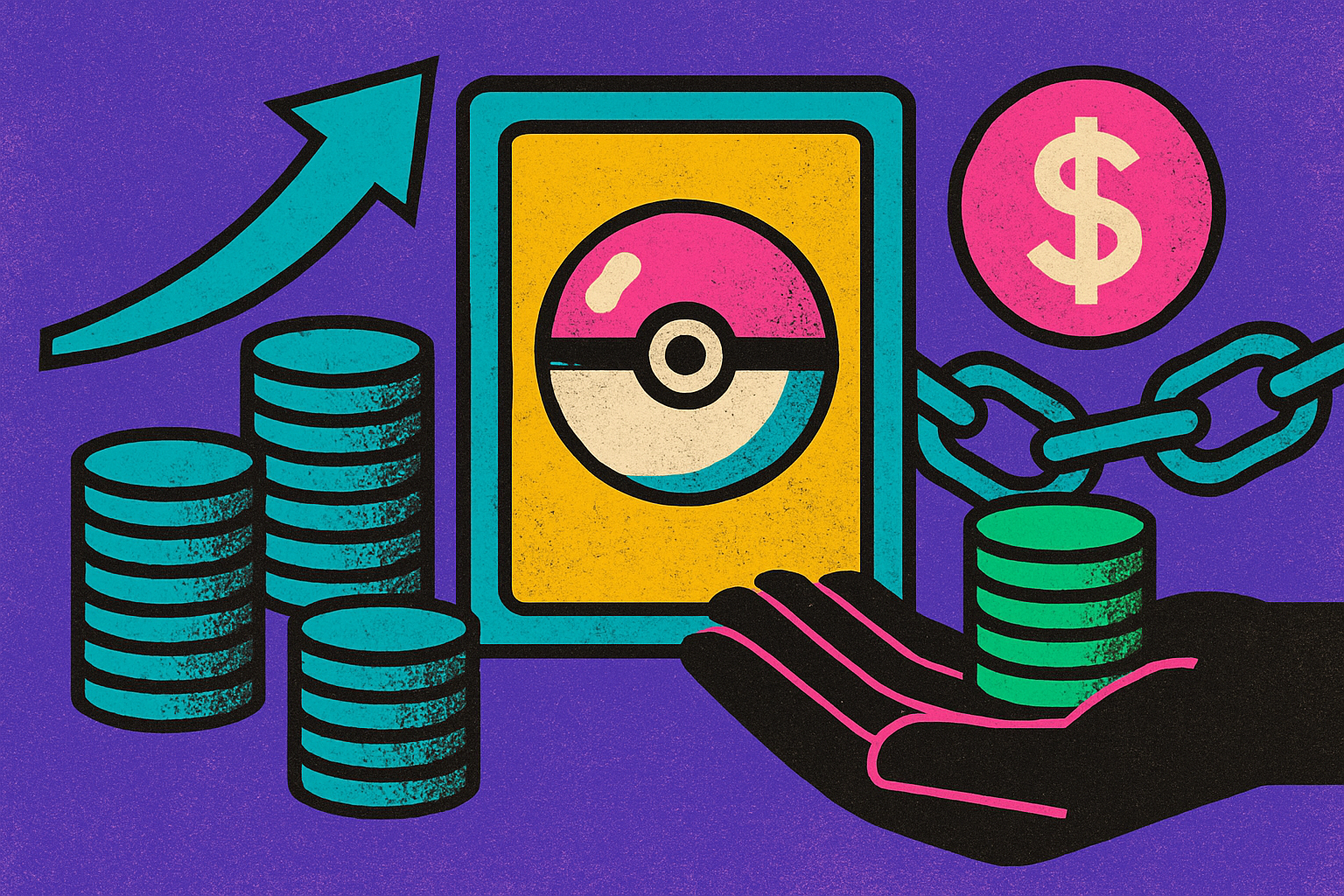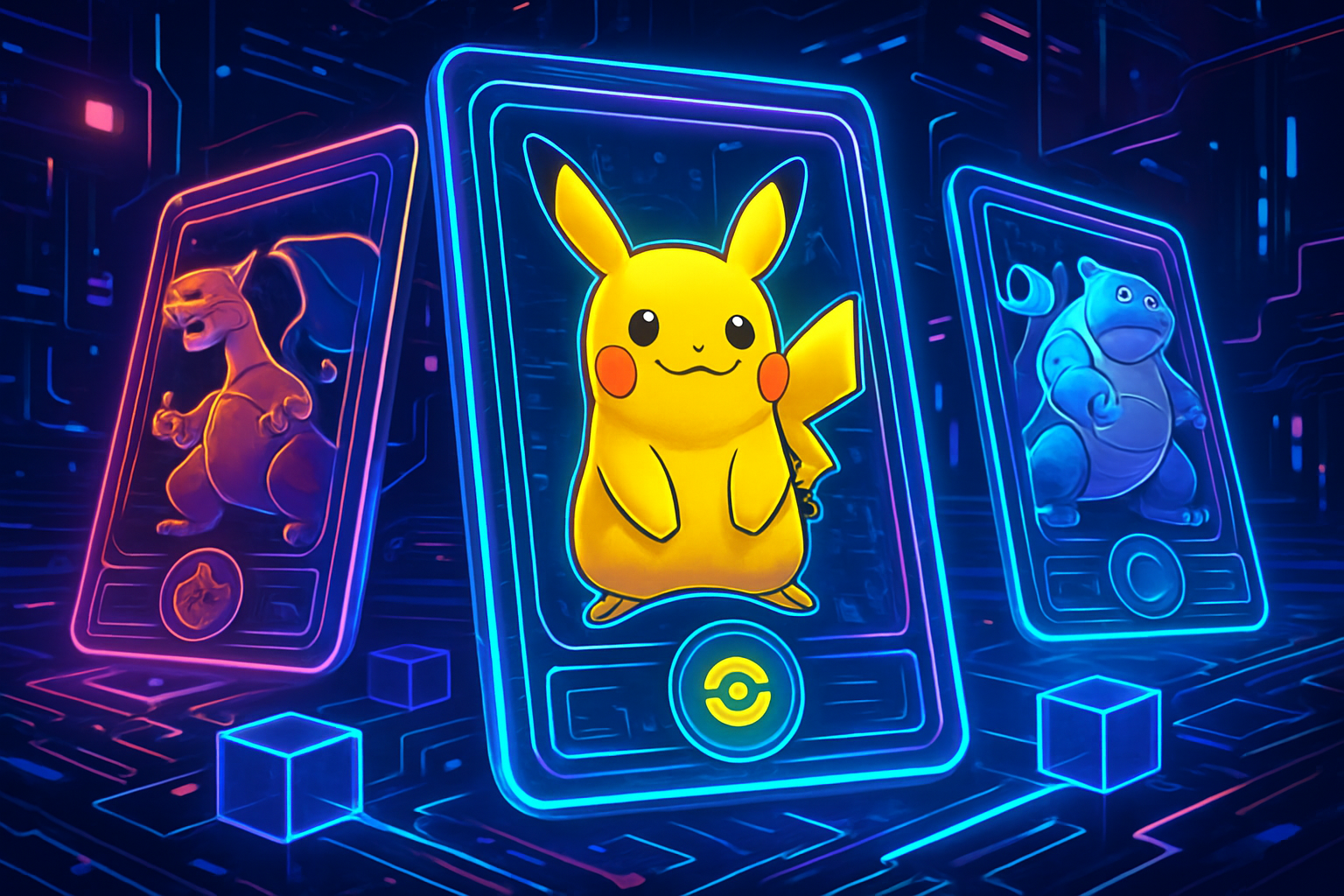
Few trends have electrified the collectibles world like the rise of tokenized Pokémon cards. What began as a niche experiment has exploded into a $124.5 million market, vaulting trading card crypto into the mainstream and drawing in both seasoned collectors and DeFi investors. The core appeal? Transforming physical Pokémon cards, long prized for their scarcity and nostalgia, into instantly tradable, blockchain-verified assets with global reach.

Pokémon Cards as Real-World Assets: The RWA Revolution
Tokenized Pokémon cards are not just another NFT fad. They represent a seismic shift in how real-world assets (RWAs) are owned, traded, and valued. By leveraging blockchain technology, platforms can authenticate, vault, and fractionalize high-value cards, making them accessible to anyone with an internet connection and a crypto wallet.
This innovation is especially critical for exotic RWAs. Unlike tokenized bonds or real estate, trading card NFTs unlock liquidity for niche collectibles that were previously illiquid or difficult to value transparently. The result? A new class of blockchain trading cards that can be bought, sold, or even used as collateral in DeFi protocols.
The Platforms Powering Tokenized Pokémon Cards
The current market is shaped by several pioneering platforms:
Top Platforms for Tokenized Pokémon Card Trading
-
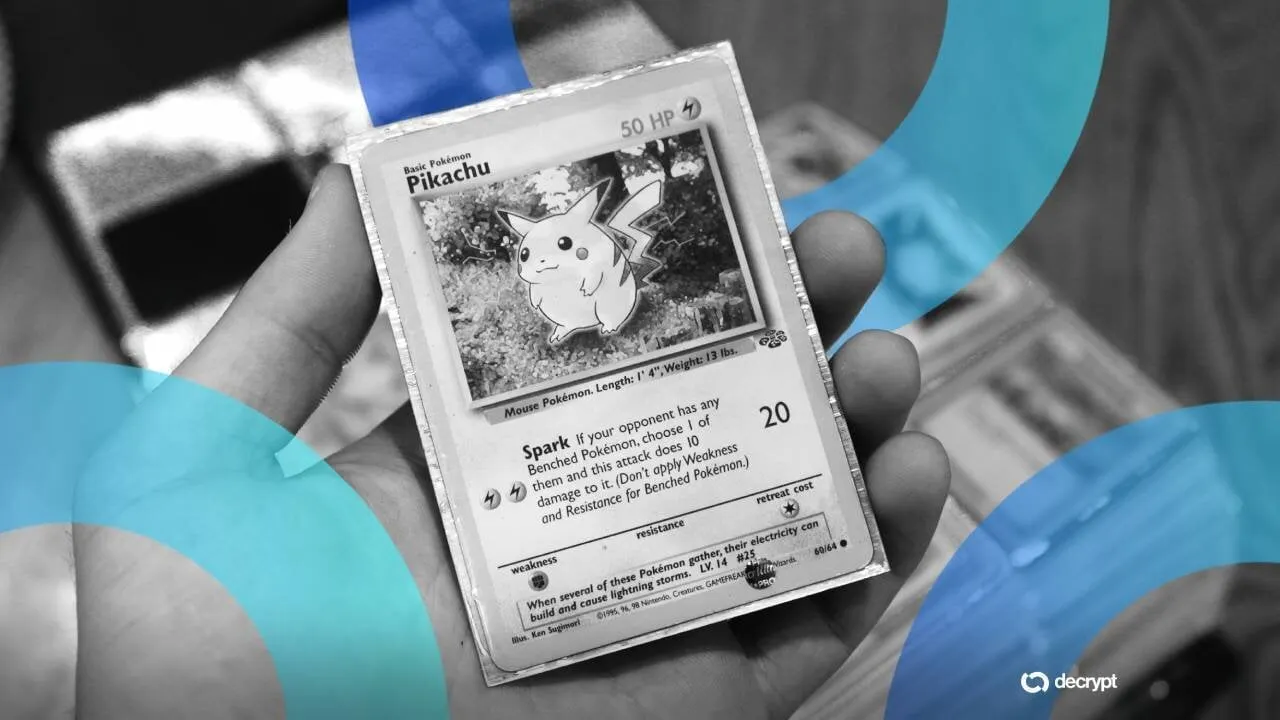
Collector Crypt is a leading Solana-based platform enabling collectors to vault, authenticate, and tokenize physical Pokémon cards. Its CARDS token surged over 200% within 12 hours of launch, reaching a fully diluted valuation of $140 million. Users can trade tokenized cards instantly on-chain, enhancing liquidity and reducing marketplace risks.
-
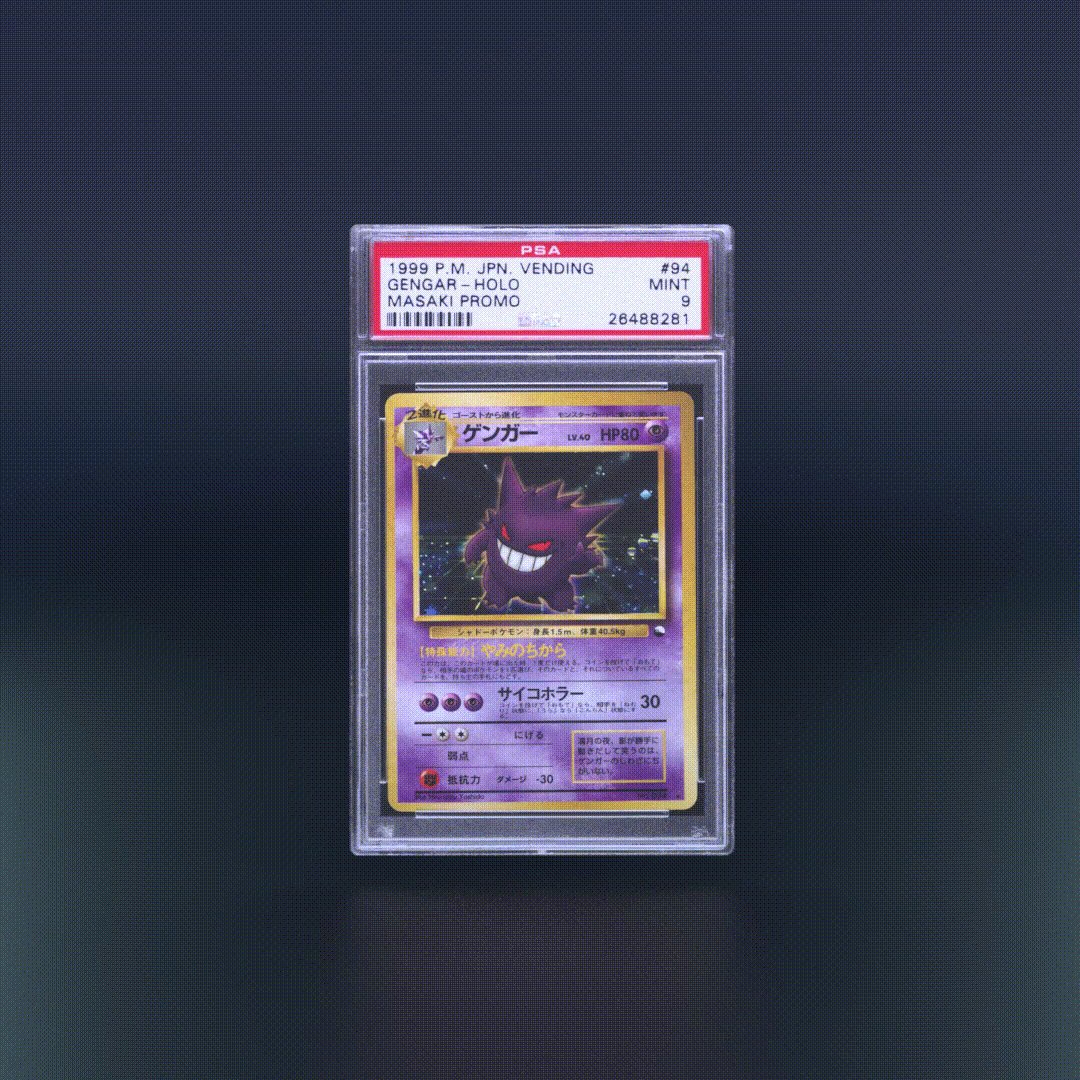
Magic Eden, a major NFT marketplace, has partnered with Collector Crypt to launch exclusive drops of tokenized Pokémon cards. Their inaugural drop featured 100 physically-backed digital collectibles, including rare editions like the 2000 Gym Challenge 1st Edition Holo Blaine’s Charizard. Holders can redeem NFTs for the actual physical cards, blending digital excitement with tangible value.
-
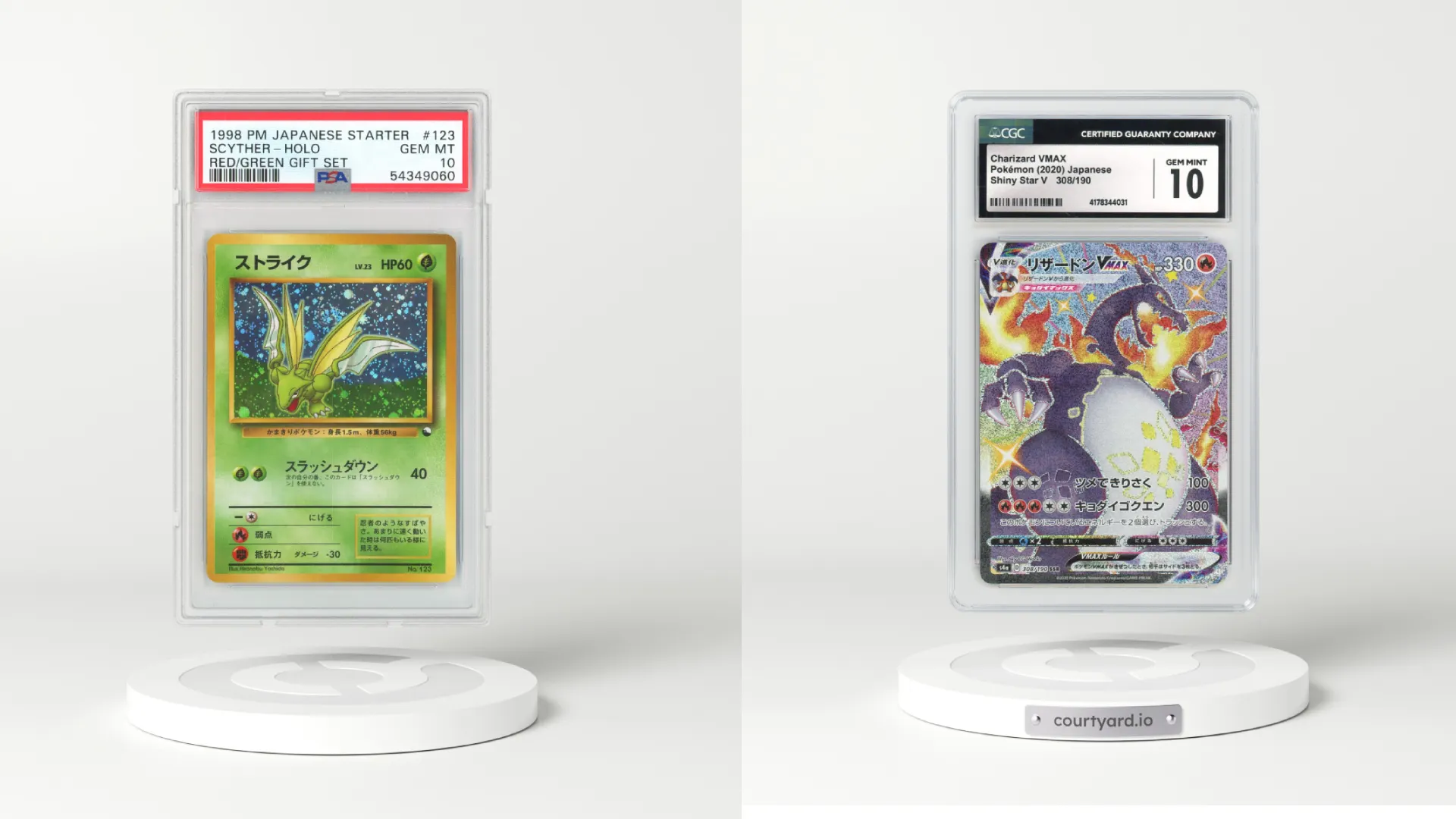
Courtyard offers NFT-linked Pokémon card giveaways and mystery packs, each containing an NFT tied to a graded card securely stored by Brink’s. These NFTs can be traded or redeemed for the physical cards, ensuring authenticity and digital scarcity through blockchain verification.
Collector Crypt, built on Solana, leads the pack. Their model is simple but powerful: collectors send in their physical Pokémon cards to be authenticated and vaulted. Each card is then tokenized, minted as an NFT, providing proof of ownership and authenticity on-chain. These tokens can be traded around the clock without the friction of shipping or verification delays.
The platform’s native CARDS token exemplifies this momentum, having surged over 200% within 12 hours of launch to hit a fully diluted valuation of $140 million. This price action underscores intense demand for secure, liquid access to rare TCG assets via crypto rails.
Magic Eden, one of the largest NFT marketplaces globally, has partnered with Collector Crypt to launch curated drops featuring physically-backed Pokémon cards. Their inaugural event included 100 tokenized cards, among them grails like the 2000 Gym Challenge 1st Edition Holo Blaine’s Charizard, all fully redeemable for the underlying asset via smart contract.
Courtyard, meanwhile, brings mainstream trust by using Brink’s vaults to secure physical inventory while issuing NFT representations. Their mystery pack giveaways have proven wildly popular among both Web3 natives and traditional collectors seeking digital provenance plus real-world claimability.
The Benefits: Liquidity, Transparency and Fractional Ownership
The integration of blockchain with collectible RWAs addresses pain points that have plagued card markets for decades:
- Liquidity Unlocked: Tokenization transforms static collectibles into dynamic assets that can be traded instantly on secondary markets worldwide.
- Fractional Ownership: High-value cards can be divided into affordable shares through NFTs or fungible tokens, democratizing access for smaller investors.
- Transparency and Security: Blockchain ledgers provide tamper-proof records of provenance and transaction history, drastically reducing fraud risk.
- NFT-Backed Collateral: Some protocols now allow users to borrow against their tokenized Pokémon cards, a radical new use case blending DeFi with collectibles.
This potent mix is drawing attention from both crypto speculators and long-term hobbyists alike, and as we near the Pokémon franchise’s 30th anniversary in 2026, expect demand for digitally-native collecting experiences only to intensify.
What’s especially compelling is how these innovations are rewriting the rules for access and participation. No longer do collectors need deep pockets or insider connections to own a piece of trading card history. With fractionalization, a single high-value Pokémon card can be shared among dozens or even thousands of holders, each with a verifiable stake secured by blockchain. This has made Pokémon card NFTs some of the most sought-after assets in the emerging collectible RWA landscape.
Risks, Limitations, and Community Perspectives
Of course, no revolution comes without its challenges. While platforms like Collector Crypt and Courtyard have built robust systems for authentication and vaulting, there remain questions about long-term custody, regulatory frameworks, and the practical limits of using NFT-backed collectibles as collateral in DeFi protocols. As noted by recent coverage on Yahoo Finance, lending against tokenized Pokémon cards is an exciting frontier but may still face hurdles around volatility and liquidity during market stress.
The community itself is split between purists who cherish physical ownership and those embracing digital-first collecting. Yet even skeptics acknowledge that blockchain trading cards offer unprecedented transparency. Every transaction, from initial mint to final redemption, is immutably recorded on-chain.
This transparency not only reduces fraud but also opens up new forms of engagement: think real-time price discovery, dynamic auctions, and gamified drops that keep both new collectors and veteran TCG fans hooked.
The Road Ahead: Pokémon Cards on Solana and Beyond
The momentum behind Pokémon cards on Solana is undeniable. As more platforms enter the space and competition heats up, we’re seeing rapid innovation in everything from vaulting technology to user experience design. Magic Eden’s unrevealed mints inject excitement reminiscent of opening a fresh booster pack, now with instant liquidity attached.
Meanwhile, the success stories are stacking up fast: CARDS token’s explosive growth to a $140 million fully diluted valuation signals strong belief in this new asset class. For investors seeking exposure to exotic RWAs beyond bonds or real estate, tokenized trading cards represent an opportunity uniquely positioned at the intersection of nostalgia and next-gen finance.
Top Benefits of Tokenized Pokémon Cards as RWAs
-
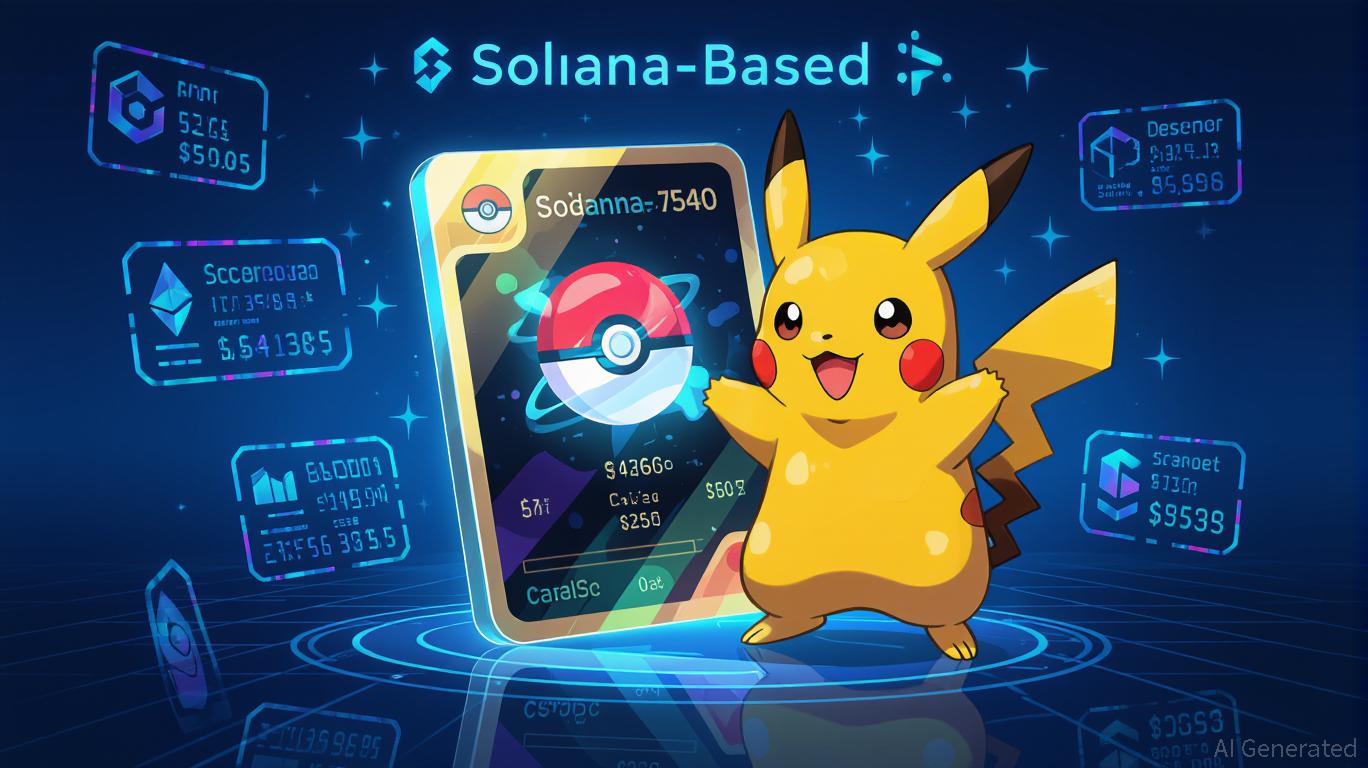
Instant Liquidity Through On-Chain Trading: Platforms like Collector Crypt enable collectors to trade tokenized Pokémon cards instantly, transforming traditionally illiquid assets into easily tradable digital tokens. This reduces the friction and delays of physical marketplaces.
-

Fractional Ownership of High-Value Cards: Tokenization allows rare Pokémon cards to be divided into affordable digital shares, letting more collectors and investors participate in the market. This democratizes access to high-value collectibles that were previously out of reach for most.
-
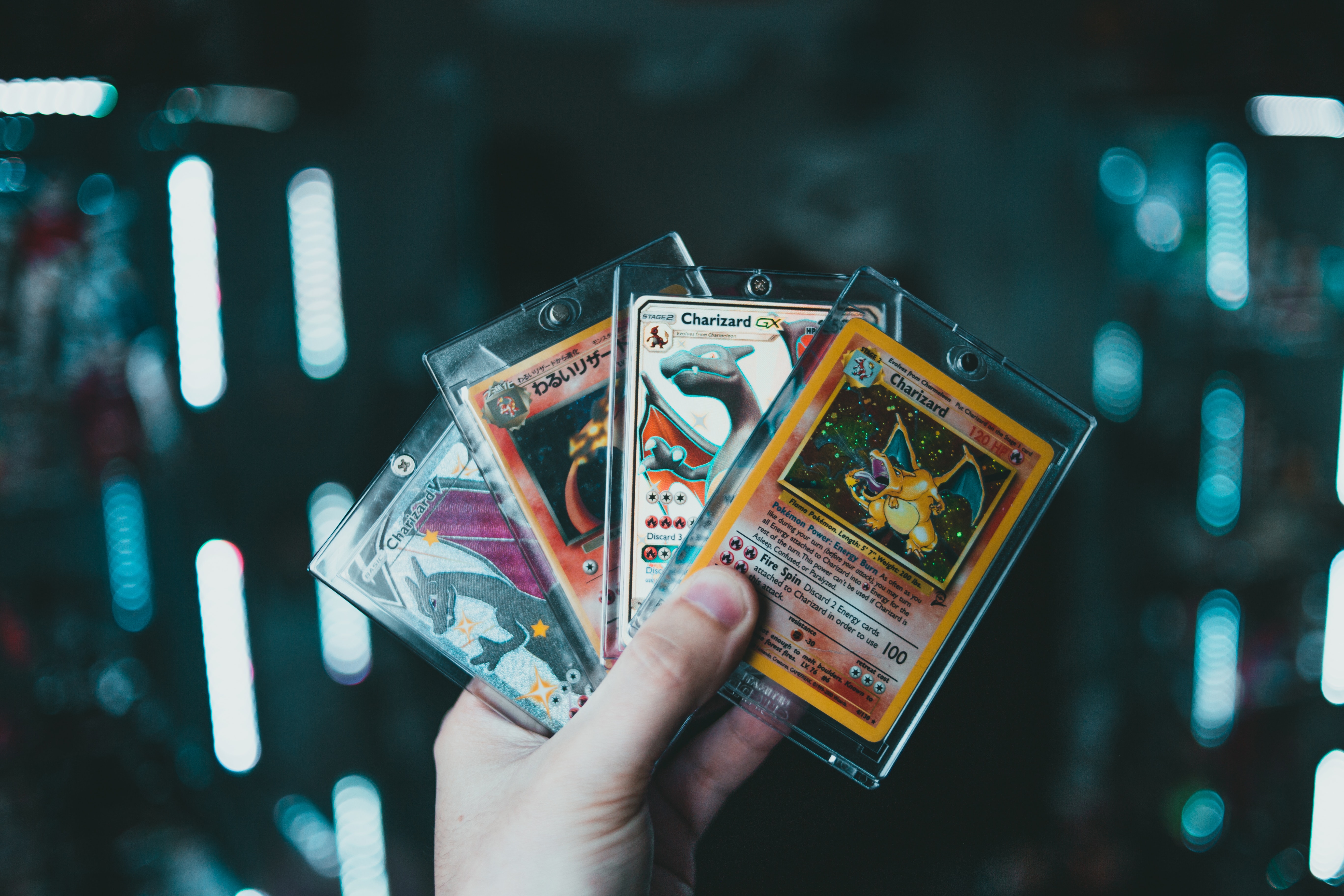
Enhanced Security and Authentication: By partnering with vaulting services like Brink’s and leveraging blockchain’s immutable records, platforms such as Courtyard guarantee that each digital token is backed by a securely stored, authenticated physical card, reducing fraud and counterfeiting risks.
-
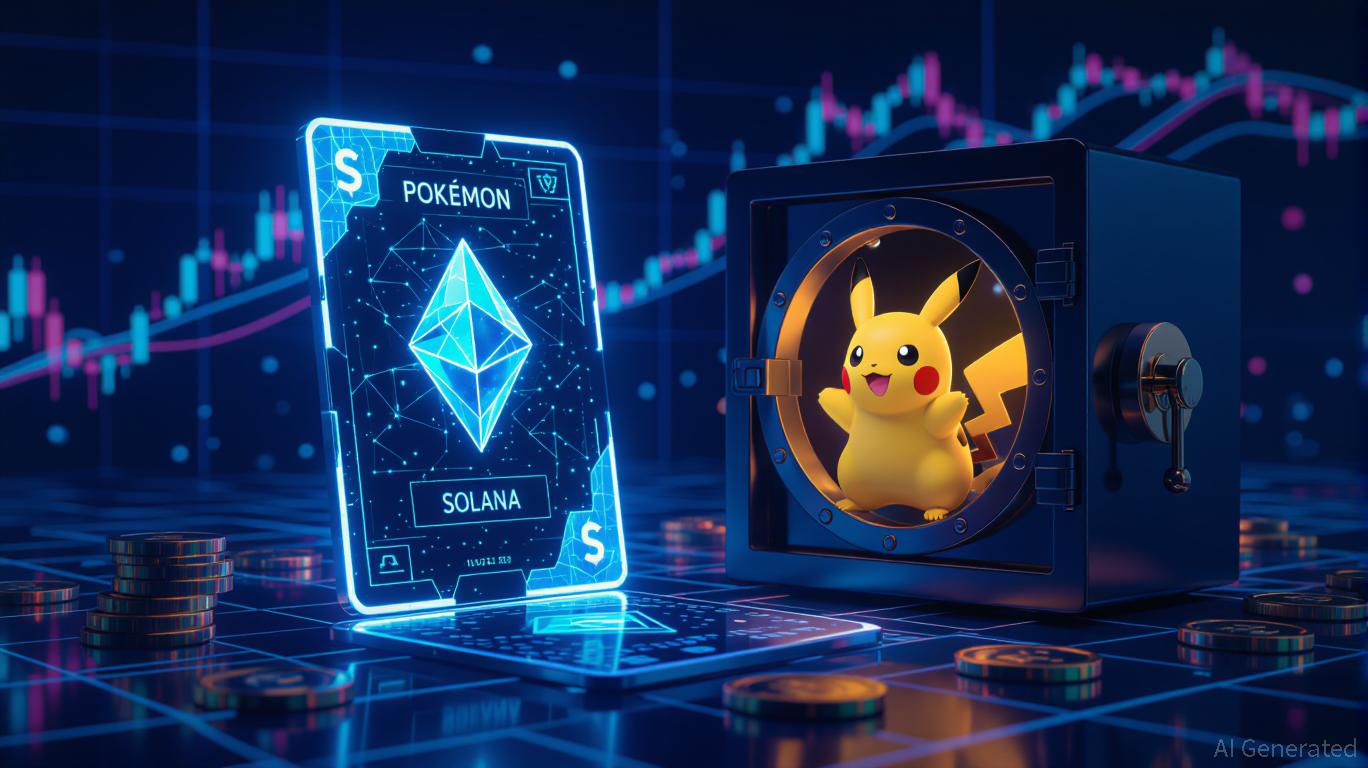
Seamless Redemption for Physical Assets: Token holders can redeem their digital collectibles for the actual physical Pokémon cards, as seen with Magic Eden’s 100% physically-backed drops. This bridges the gap between digital ownership and tangible assets.
-

Transparent Provenance and Ownership History: Blockchain technology ensures that every transaction and transfer of ownership is recorded and publicly verifiable, providing collectors with clear provenance and reducing disputes over authenticity.
-
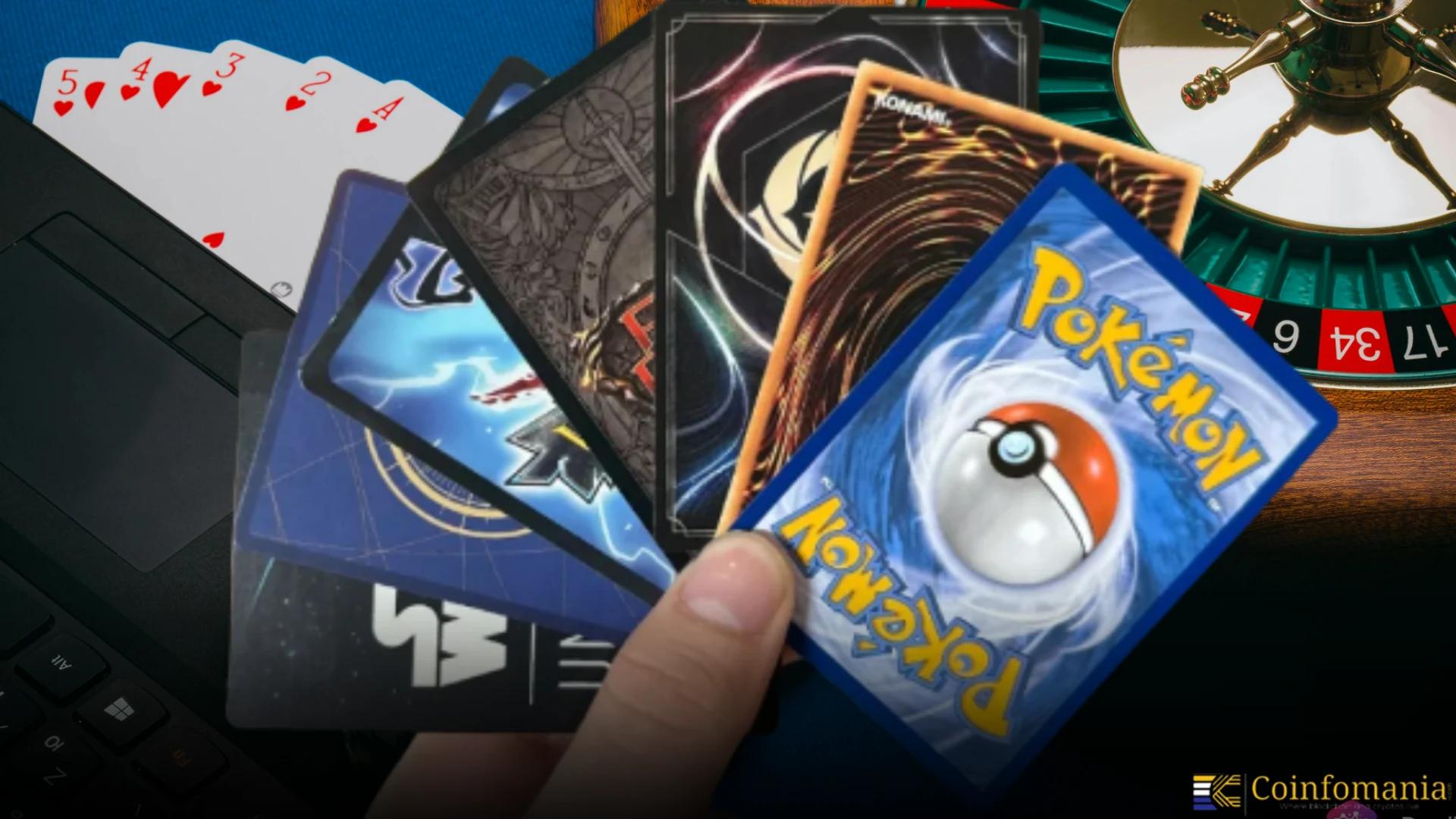
Broader Market Participation and Accessibility: Tokenized Pokémon cards lower entry barriers for global collectors, allowing anyone with a crypto wallet to buy, sell, or trade, regardless of location or traditional banking access.
As we approach 2026, the 30th anniversary of Pokémon, expect further mainstream adoption as both traditional collectors and crypto natives converge on platforms offering secure, transparent access to rare assets. Whether you’re chasing digital gold or simply reliving childhood memories in a modern format, this hybrid future promises something for everyone.
Volatility creates opportunity, but with blockchain-powered transparency and smart contract security, collectors can finally trade passion for value without compromise.


